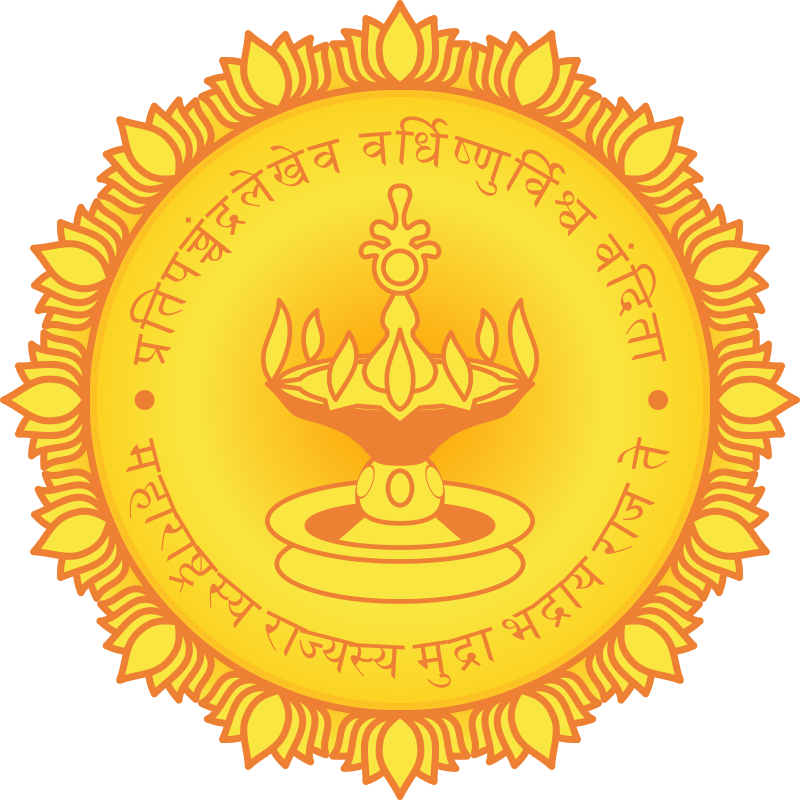Introduction
Introduction to Latur District
Latur district, formerly part of the Marathwada region, was once under the Hyderabad State. After independence in 1948, Marathwada was integrated into Maharashtra, and subsequently, Latur district was formed. Latur has a rich historical, cultural, and geographical heritage.
Latur district is primarily covered with plateaus and valleys. The geographical structure of the district features a hot and dry climate, and is agriculture-oriented. A major portion of the land is suitable for farming, with tur (pigeon pea), chickpea, and soybean being the main crops grown.
Latur district comprises a total of 10 talukas – Latur, Ausa, Renapur, Deoni, Nilanga, Udgir, Ahmedpur, Jalkot, Shirur Anantpal, and Chakur. The main rivers of the district are the Manjara, Terna, and the Godavari Lift Irrigation Scheme, which are vital for agricultural irrigation.
The district benefits from several irrigation projects such as the Manjara Dam, Sina-Kolhar Project, and the Godavari Lift Irrigation Scheme. The average annual rainfall in the district is around 800 to 900 mm, which supports dryland farming significantly.
Latur district is well-known across the country for the “Latur Pattern” of education. The district has made a significant contribution to the fields of education and competitive exam preparation. There are many renowned colleges and competitive exam coaching institutions in the district.



